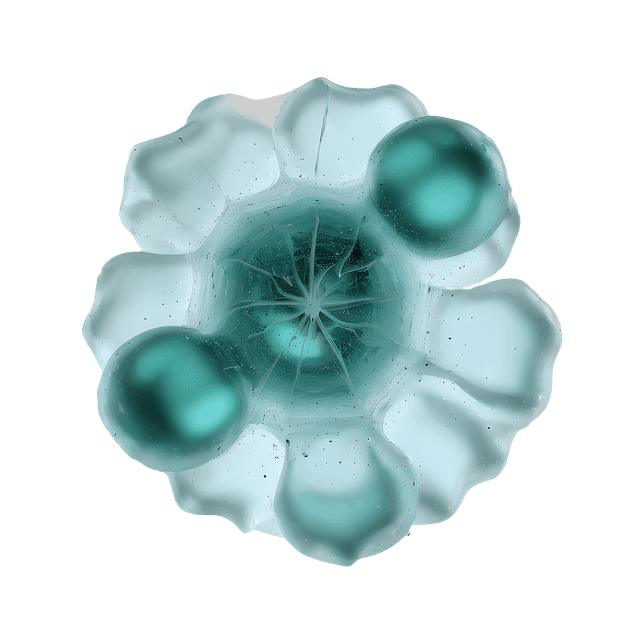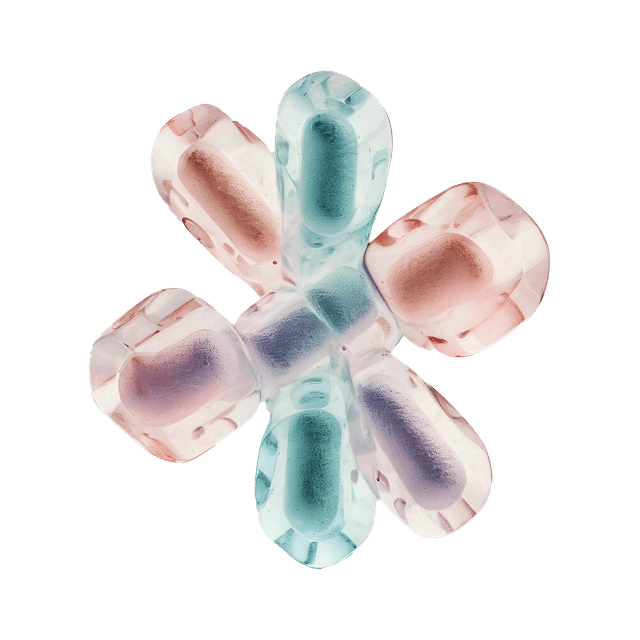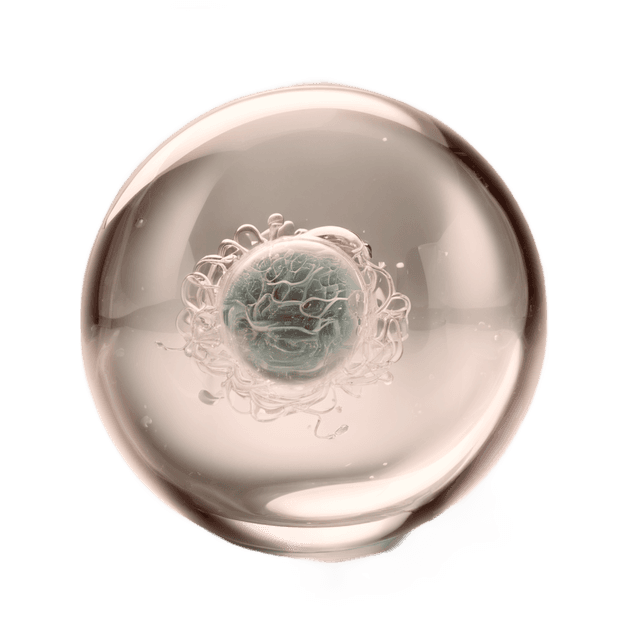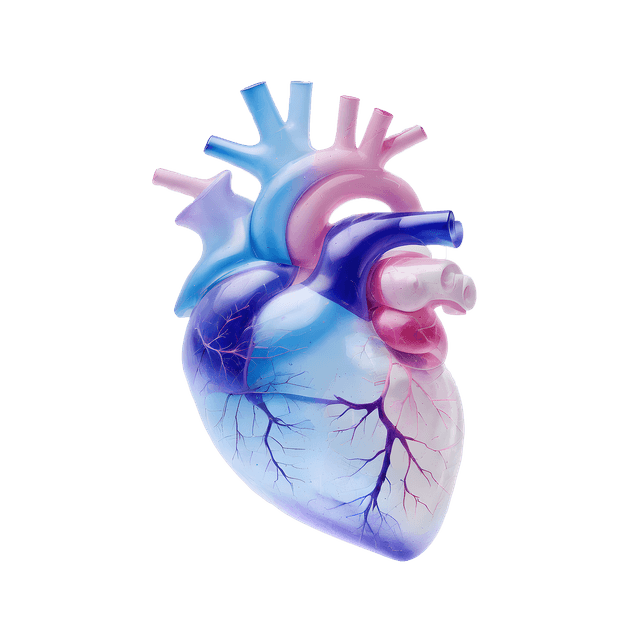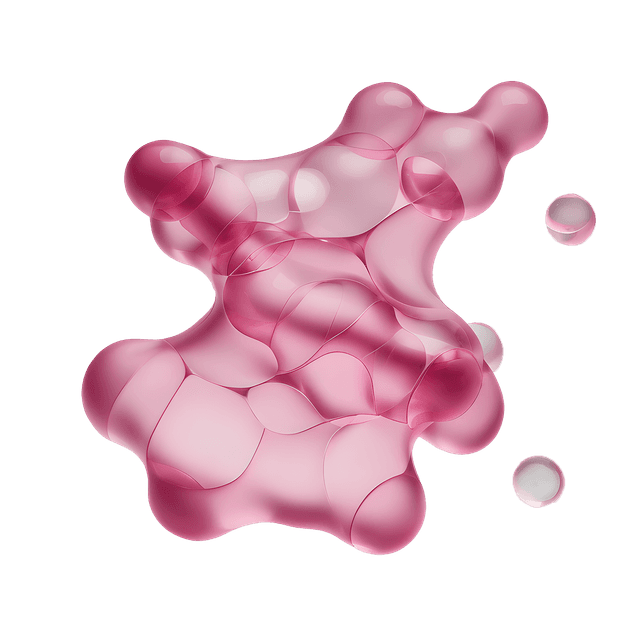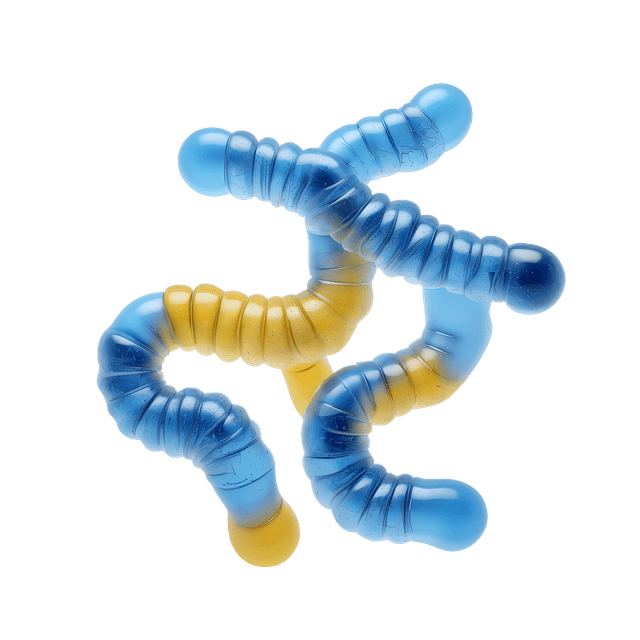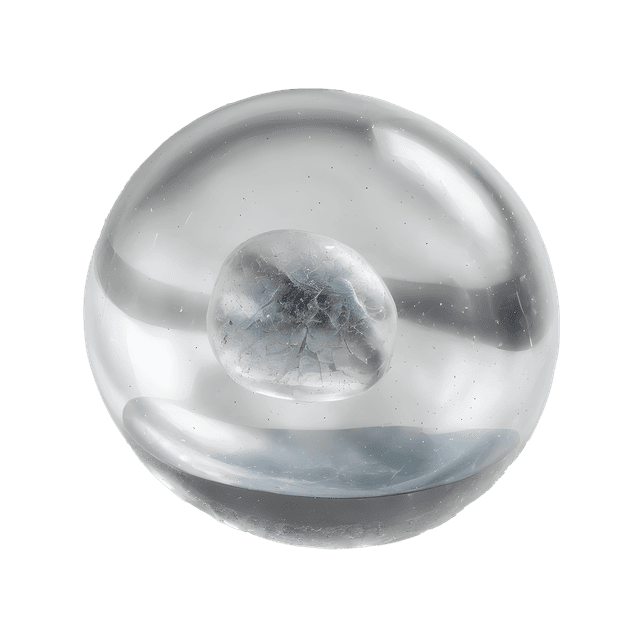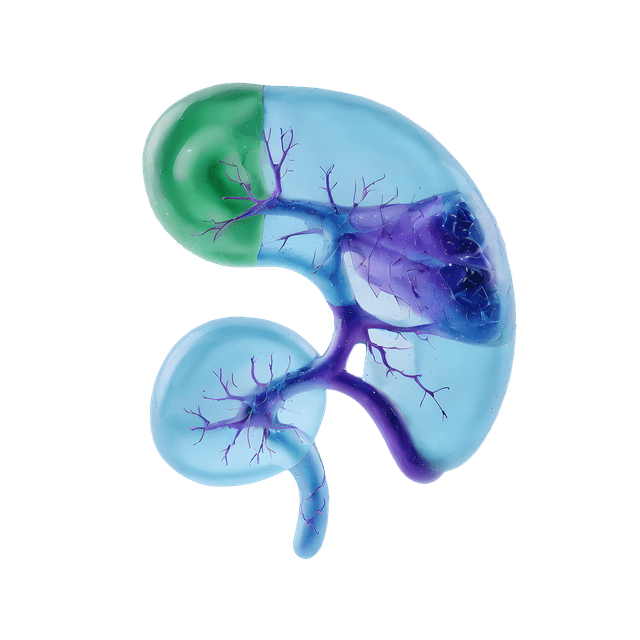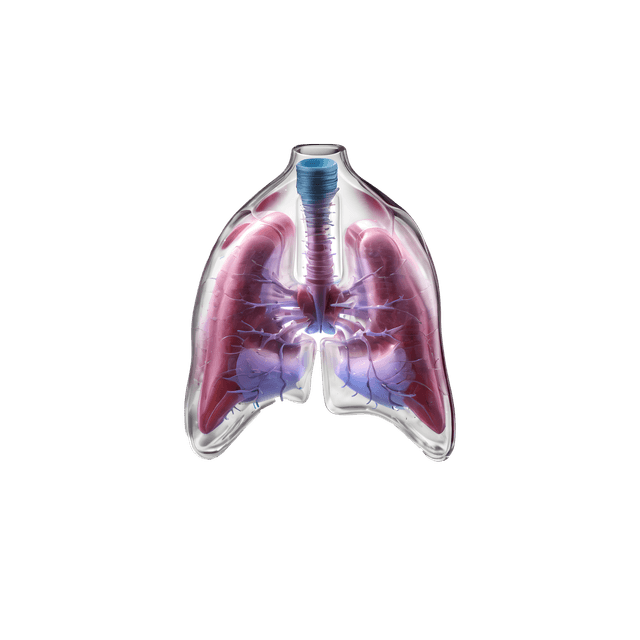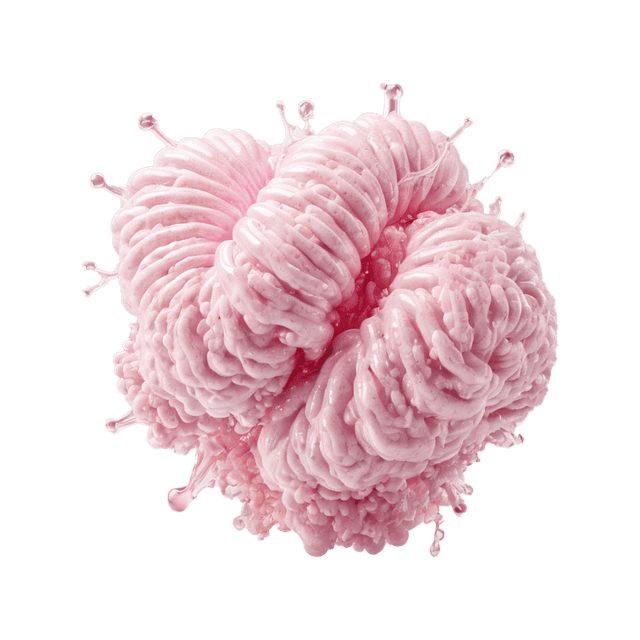Symptoms of a muscle tear
A muscle tear can vary depending on the severity of the injury and which muscle is affected. Common symptoms include:
Pain: Pain is the most prominent symptom. The pain may be sudden and intense at the time of the injury or develop gradually. The pain usually occurs in the affected area of the muscle.
Swelling: After a muscle tear, swelling may occur in the injured area. The swelling may be noticeable and make the affected area feel thicker than usual.
Tenderness: The affected area may be tender to touch or pressure. The soreness can make it painful to use the muscle.
Muscle weakness: After a tear, the muscle may feel weak or unable to do its normal job. This can be especially noticeable when you try to use the muscle.
Limited mobility: Depending on the extent of the injury, it may be difficult to move the affected area or perform certain movements without pain or discomfort.
Potential bruising: In some cases, bruising or bleeding may occur in the injured area, especially if the muscle tear is more serious.
Possible "pop" sensation: Some people experience a feeling that something has "popped" in the muscle at the time of the injury.< /p>
It is important to seek medical attention if you suspect you have a muscle tear.
Muscle sprains or muscle strains can occur for various reasons. Here are some common causes of muscle tears:
Sudden overload: A heavy and sudden strain on a muscle can lead to a tear. It can happen during physical activity especially if the muscle is unprepared or has not warmed up properly.
Overexertion: Repeated use of a muscle without adequate recovery time can cause small damages to the muscle fibers and lead to a rupture. It is common in sports and training.
Age: Age can affect the elasticity of the muscles and increase the risk of muscle tears, especially in older people.
Inadequate warm-up: Not warming up the muscles properly before physical activity can increase the risk of muscle strain.
Muscle weakness or imbalance: If a muscle is weak or if there is an imbalance between different muscle groups in the body, it can increase the risk of stretch marks.
Orientation of muscles: Certain muscles are more prone to rupture than others depending on their location and how they are used in different activities.
Previous injuries: If a muscle has been injured in the past even if it has healed, it may be more susceptible to future tearing.
Lack of stretching and flexibility: Insufficient stretching and lack of flexibility in the muscles can increase the risk of tearing during movement.
External trauma: Direct impact on the muscle through blows or shocks can also cause muscle sprains.
Medical conditions: Certain medical conditions such as muscular dystrophy or other neuromuscular diseases can make muscles more susceptible to sprains.
To reduce the risk of muscle strains it is important to warm up properly before exercise. Exercise regularly to strengthen the muscles and be aware of the body's signals during physical activity.


